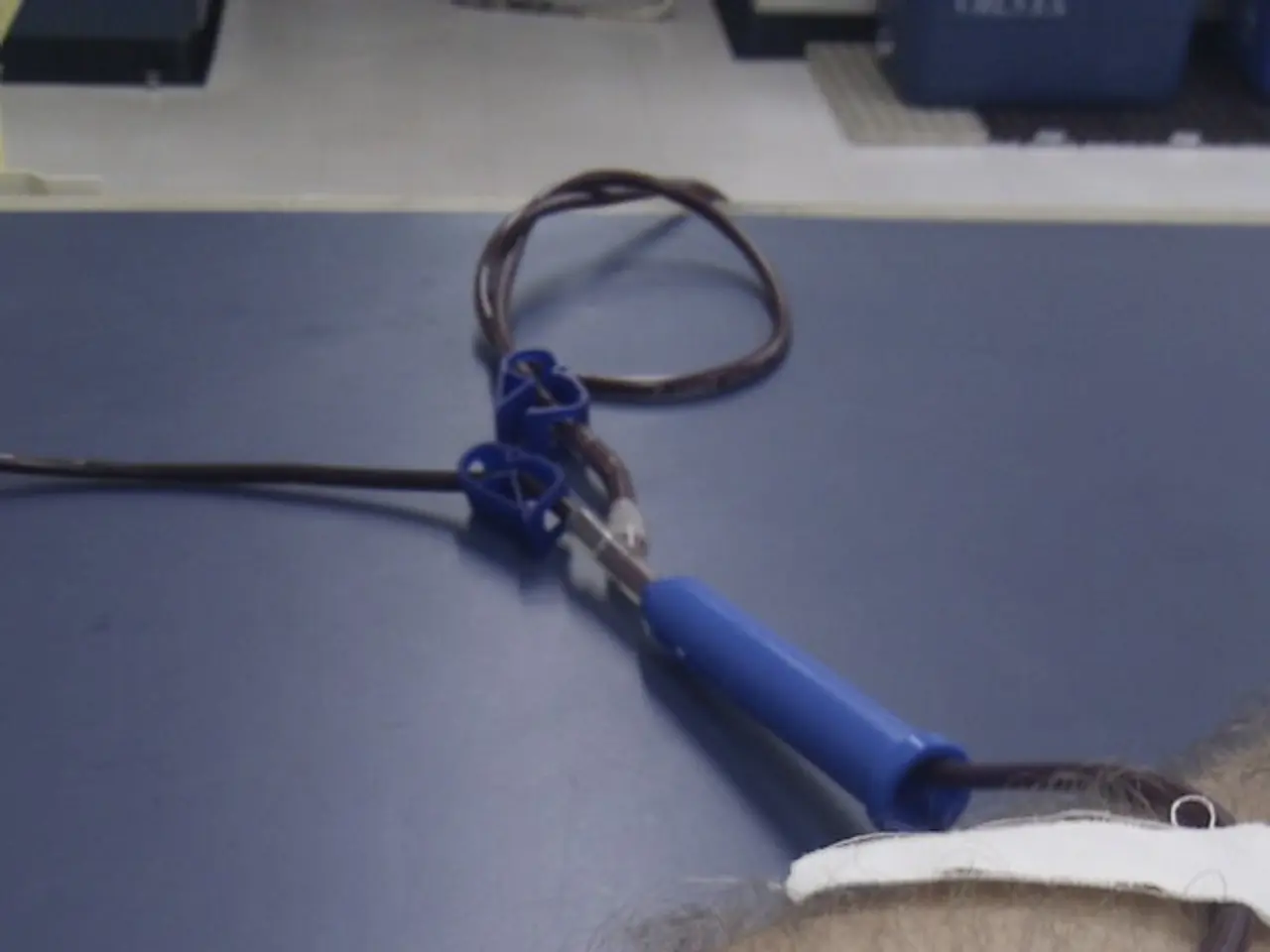Research into polio initiated by Dr. Jakob Heine in Stuttgart
In the 19th century, a German physician named Jakob Heine made significant strides in understanding and treating poliomyelitis, a disease that would later become known as polio.
Heine's work was primarily based in Cannstatt, a town in Germany, where he established an institution specialising in the treatment of deformities and movement restrictions of the spine and extremities. The institution, which became a spa clinic, attracted patients from all over Europe, thanks to Heine's reputation as an orthopedic expert.
Heine's contributions to polio research and treatment were groundbreaking. He was one of the first physicians to clearly identify and describe polio as a distinct disease causing paralysis, differentiating it from other neurological disorders. His work culminated in the publication of a treatise titled "Spinal Infantile Paralysis", marking the founding document of polio research.
Heine emphasised the importance of careful clinical examination and the need to distinguish polio’s paralytic effects from other causes of muscle weakness. He also pioneered the use of exercises to strengthen bones and muscles, and developed support and extension apparatuses to improve the quality of life for individuals affected by polio.
While Heine initially believed that problems with teething caused polio, he later recognised the role of the spinal cord. Unfortunately, he did not live to see the actual cause of polio being understood, as autopsy protocols for fresh cases were not common during his time.
Despite this, the impact of Heine's work was profound. Almost all Polio cases leaving his institution in Cannstatt had increased mobility and improved gait. His fame was based on the healing power of the Cannstatt springs and his innovative treatment methods.
Today, polio is a disease that has been eradicated from Germany since 1992, with any remaining viruses likely originating from the vaccine. Jakob Heine's legacy lives on, with his name featured prominently in the "Polio Hall of Fame" in Warm Springs, a village in the U.S. state of Georgia. The hall was established to commemorate Franklin D. Roosevelt, who likely suffered from polio and founded a centre for those affected in Warm Springs.
Heine's work paved the way for subsequent developments in understanding and managing polio, a disease that once caused widespread fear and devastation. His pioneering efforts in Cannstatt, Germany, set the stage for the advancements in polio research and treatment that we see today.
- Municipalities worldwide have recognized the importance of Heine's work in the field of medical-conditions, such as polio, and have honored him posthumously.
- Today, science continues to explore chronic-diseases like polio, with researchers studying the potential benefits of therapies and treatments, such as CBD and its impact on neurological disorders.
- Heine's emphasis on fitness-and-exercise and proper support for individuals affected by polio is still relevant today in the realm of health-and-wellness, encouraging the importance of regular physical activity and rehabilitation.
- The Cannstatt institution established by Heine was not only a pioneer in polio treatments but also in mental-health care, with Heine recognizing the psychological toll of such chronic-diseases and emphasizing a holistic approach to patient care.
- In the spirit of Heine's life work, advancements in medicine and science continue to transform our understanding of diseases like polio, paving the way for future discoveries and innovations in therapies and treatments.




